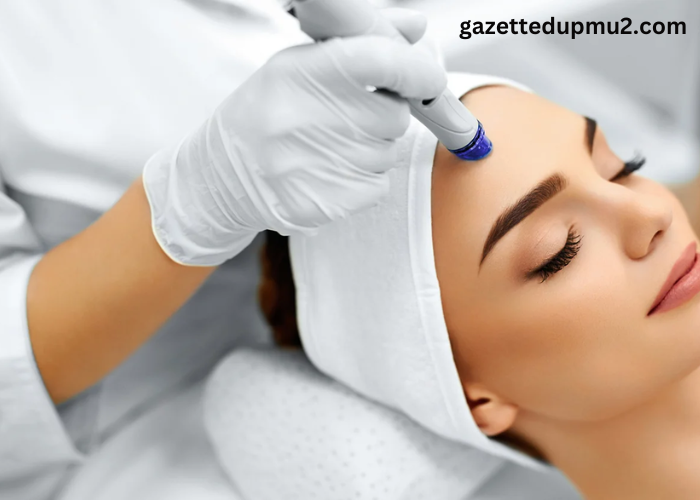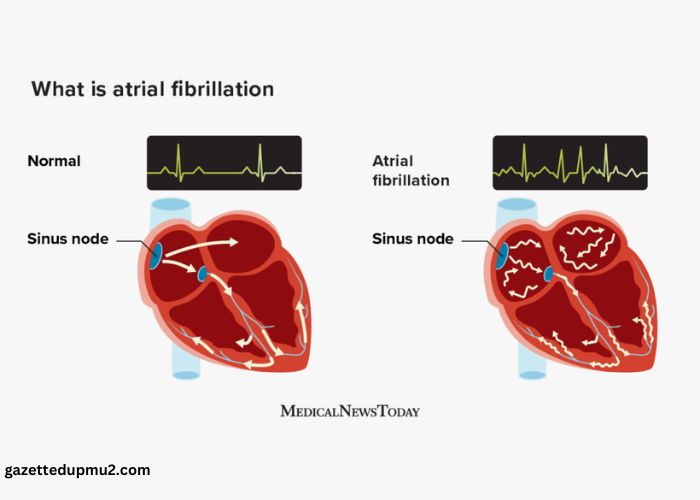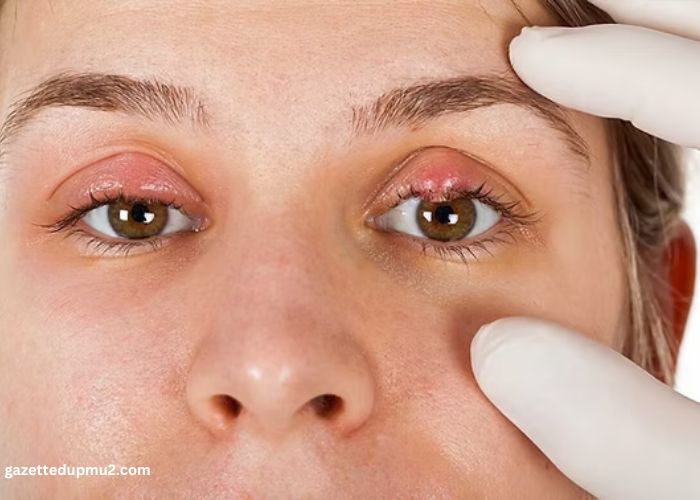The world of aesthetic medicine has seen significant advancements in recent years, with treatments that are more accessible and effective than ever before. However, achieving long-lasting results is not just about undergoing any treatment—it’s about personalizing those treatments to suit individual needs. Medical aesthetic treatments, when tailored to address specific concerns, skin types, and goals, can deliver superior outcomes that stand the test of time. A customized approach considers the uniqueness of each patient, ensuring their path to rejuvenation is as distinct as they are.
Personalized Skin Assessments
One of the most critical steps in developing a successful treatment plan is conducting a thorough skin assessment. This assessment allows the aesthetic practitioner to fully understand the patient’s skin type, conditions, and overall goals.
1. Understanding Skin Type
Skin types can range from dry, oily, combination, or sensitive. Without recognizing this diversity, treatments might not provide the desired outcomes or could even exacerbate skin issues. A customized approach ensures the skin’s natural characteristics are respected and enhanced.
2. Addressing Specific Concerns
Every patient has unique concerns—whether it’s acne, hyperpigmentation, fine lines, or sagging skin. A one-size-fits-all treatment plan might miss the mark. Personalized treatments target these specific concerns directly, making them more effective and less likely to cause unnecessary irritation or side effects.
3. Setting Clear Goals
Some patients may want subtle, natural-looking enhancements, while others desire more dramatic changes. A detailed discussion of goals ensures the treatment plan aligns with the patient’s expectations, reducing the risk of dissatisfaction. This patient-practitioner collaboration lays the foundation for long-lasting, meaningful results.
Combining Multiple Treatments
In aesthetic medicine, combining different treatment modalities is often the key to achieving comprehensive and well-rounded results. Rather than relying on a single treatment to address multiple concerns, pairing treatments can offer synergistic effects. By utilizing a combination of treatments, patients can experience more comprehensive and dramatic results, targeting multiple signs of aging in one go. This multi-modal approach ensures that each aspect of the skin’s health is addressed.
1. Botox for Wrinkles
Botox is an effective treatment for dynamic wrinkles caused by facial expressions. By temporarily relaxing the underlying muscles, it smooths out lines such as crow’s feet and forehead wrinkles. However, Botox alone may not address issues like volume loss or skin texture.
2. Fillers for Volume Loss
Dermal fillers complement Botox by restoring lost volume, particularly in areas like the cheeks, lips, and under the eyes. By combining Botox with fillers, patients can simultaneously address wrinkles and volume loss, offering a more youthful appearance.
3. Laser Treatments for Skin Texture
To further enhance the results, laser treatments can be introduced to improve skin texture, even out pigmentation, and stimulate collagen production. When combined with Botox and fillers, the skin not only looks youthful but also appears healthier and more radiant.
Long-Term Planning
Aesthetic medicine is not about quick fixes; it’s about creating a long-term strategy that evolves with the patient’s needs. As people age, their skin and facial structures change, and so do their treatment requirements.
1. Tailored Plans Over Time
A well-designed treatment plan doesn’t stop after a single procedure. Instead, it’s adjusted periodically to reflect the patient’s evolving needs. For example, a patient might start with fillers for volume loss but eventually require skin-tightening treatments as the skin loses elasticity over time.
2. Adaptable Treatments
Because aging is a continuous process, aesthetic treatments must be adaptable. What works for a patient at age 40 may not be sufficient at age 50. A customized plan that evolves ensures the patient maintains a youthful appearance over the years without needing drastic interventions.
3. Prevention-Oriented Approach
A long-term plan allows practitioners to address not just the current issues but also anticipate future concerns. This preventive approach can reduce the need for more invasive treatments later on, helping patients preserve their appearance for longer.
Ongoing Maintenance
Once the initial treatments are completed, the journey doesn’t end there. Ongoing maintenance is critical to ensuring the longevity of the results, as aesthetic treatments often require periodic touch-ups to maintain their effectiveness.
1. Periodic Botox Sessions
The average duration for which Botox effects last is three to six months. To keep the skin wrinkle-free, patients should plan for follow-up sessions at regular intervals. This consistent maintenance prevents wrinkles from reappearing, helping the skin stay smooth over time.
2. Laser Touch-Ups
Laser treatments for issues like pigmentation or uneven skin texture often require maintenance sessions to sustain results. Regular touch-ups help maintain a radiant complexion, ensuring the benefits of the original treatment are preserved.
3. Filler Maintenance
Dermal fillers are typically absorbed by the body over time, which means the effects will gradually fade. Patients who receive fillers should plan for routine injections to maintain volume in areas like the cheeks, lips, and under the eyes.
Conclusion
Aesthetic medicine is not a one-time event but a journey that requires personalization, adaptation, and ongoing care. By tailoring medical aesthetic treatments to each individual’s unique skin type, concerns, and goals, patients can enjoy more effective and longer-lasting results. The use of a combination of treatments, supported by a long-term plan and periodic maintenance, ensures that aesthetic goals are met both in the short and long term. With a customized approach to aesthetic medicine, individuals can look and feel their best, with results that evolve gracefully over time.





